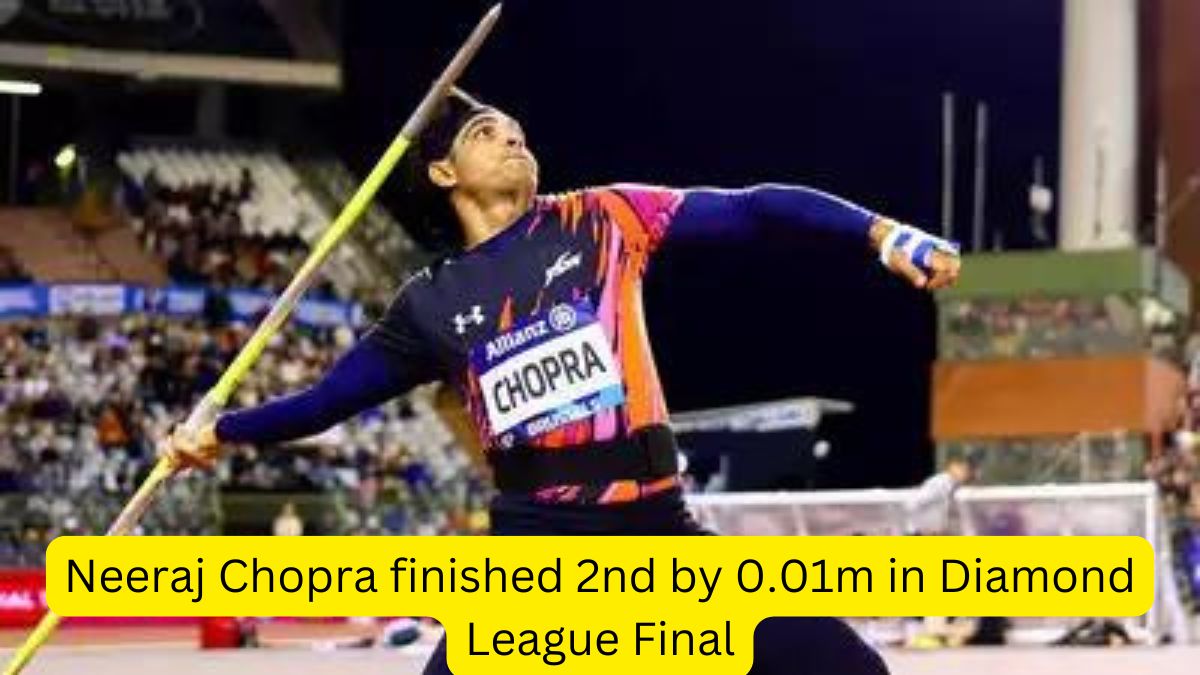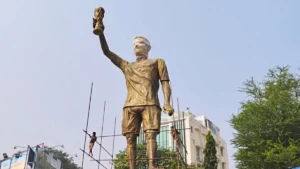An olympic champion, Neeraj Chopra finished second in the Diamond League (DL) final by throwing the throw of 87.86m in Brussels. He just missed first place by just 0.01m to Andersen Peters. Neeraj Chopra finished the 2024 season with silver in the last competition.
Highlights of the game
- Neeraj Chopra came mighty close but finished second at the Diamond League Final title by a mere centimeter, with a throw of 87.86 meters.
- Chopra, who had clinched the DL trophy in 2022, achieved his best throw of the day in his third attempt but was outdone by Anderson Peters’ 87.87-meter effort.
- Peters, a two-time world champion from Grenada, delivered his best throw in his opening attempt.
- Julian Weber of Germany secured third place with a throw of 85.97 meters.
Throw with injury issue
- After his final throw of the season, Neeraj revealed that he had been competing with yet another injury, this time a fractured left hand. His throws were far from his best.
- The Indian superstar hadn’t been at the peak of his powers this season as he competed at the Paris Olympics and the Diamond League meet in Lausanne in August while continuing to grapple with a long-standing groin issue.
- But despite that, he had registered three 89+ throws in the space of one month. While he finished second in both those events on the back of one outstanding throw each, Neeraj couldn’t find that one big throw past 89 to finish the season.
Neeraj Chopra’s Performance in 2024
- Doha Diamond League – May 10: 88.36m (Second)
- Paavo Nurmi Games – Jun 18: 85.97m (First)
- Paris Olympics – Aug 8: 89.45m (Second)
- Lausanne Diamond League – Aug 22: 89.49m (Second)
- Brussels Diamond League – Sep 14: 87.86m (Second)




 U-19 Asia Cup Schedule 2025: Full List o...
U-19 Asia Cup Schedule 2025: Full List o...
 U-19 Asia Cup 2025, Vaibhav Suryavanshi ...
U-19 Asia Cup 2025, Vaibhav Suryavanshi ...
 70-Foot Iron Statue of Lionel Messi Unve...
70-Foot Iron Statue of Lionel Messi Unve...







